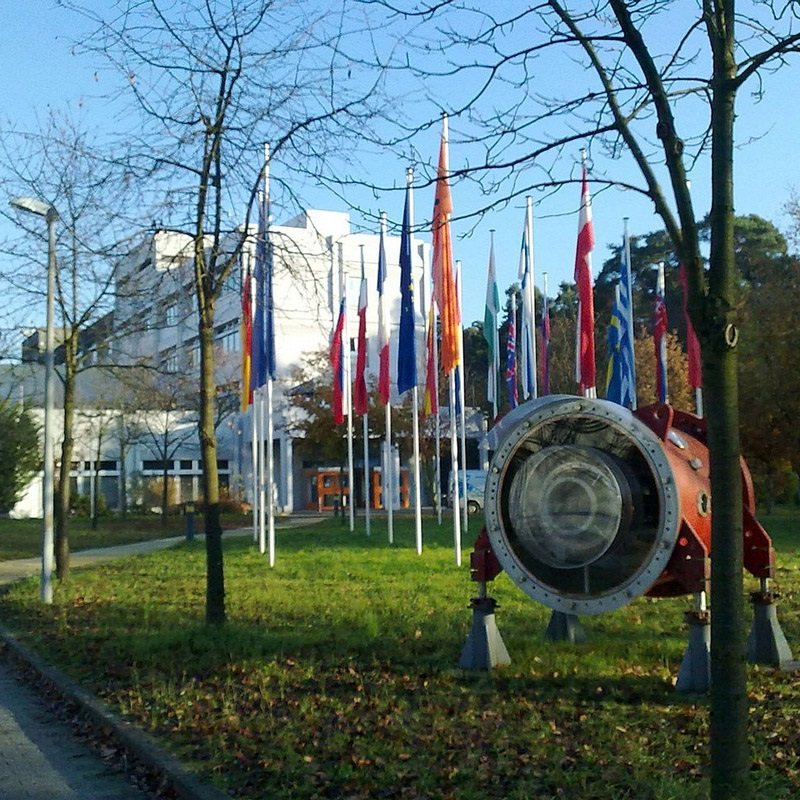Röntgenium
111
Rg
Groep
11
Periode
7
Blok
d
Protonen
Elektronen
Neutronen
111
111
170
Algemene Eigenschappen
Atoomnummer
111
Atomair gewicht
[281]
Massa Getal
281
Categorie
Overgangsmetalen
Kleur
n.v.t.
Radioactief
Ja
Genoemd naar Wilhelm Conrad Röntgen, de Duitse natuurkundige
Kristalstructuur
n.v.t.
Historie
Roentgenium werd voor het eerst gesynthetiseerd door een internationaal team onder leiding van Sigurd Hofmann aan het Instituut voor Zwaar Ionen Onderzoek (Gesellschaft für Schwerionenforschung) in Darmstadt, Duitsland in 1994.
Het team bombardeerde een doelwit van bismut-209 met versnelde kernen van nikkel-64 en detecteerde een enkel atoom van het isotoop roentgenium-272.
Het team bombardeerde een doelwit van bismut-209 met versnelde kernen van nikkel-64 en detecteerde een enkel atoom van het isotoop roentgenium-272.
Eletronen per schil
2, 8, 18, 32, 32, 17, 2
Electronconfiguratie
[Rn] 5f14 6d9 7s2
Roentgenium heeft geen stabiele of natuurlijk voorkomende isotopen
Fysieke Eigenschappen
Fase
Vast
Dichtheid
- g/cm3
Smeltpunt
-
Kookpunt
-
Fusiewarmte
n.v.t. kJ/mol
Verdampingswarmte
n.v.t. kJ/mol
Specifieke Warmtecapaciteit
- J/g·K
Overvloedig aanwezig in de aardkorst
n.v.t.
Overvloedig aanwezig in het universum
n.v.t.

Verdiensten voor afbeeldingen: Wikimedia Commons (Commander-pirx)
Het element werd ontdekt bij het Instituut voor Zware Ionenonderzoek in Darmstadt, Duitsland
CAS-nummer
54386-24-2
PubChem CID nummer
n.v.t.
Atoomeigenschappen
Atoomstraal
-
Covalentiestraal
121 pm
Electronegativiteit
-
Ionisatiepotentiaal
-
Atoomvolume
-
Thermische geleiding
-
Oxidatietoestanden
-1, 1, 3, 5
Toepassingen
Roentgenium wordt alleen gebruikt voor wetenschappelijk onderzoek.
Roentgenium is schadelijk vanwege zijn radioactiviteit
Isotopen
Stabiele isotopen
-Instabiele isotopen
272Rg, 273Rg, 274Rg, 275Rg, 276Rg, 277Rg, 278Rg, 279Rg, 280Rg, 281Rg, 282Rg, 283Rg